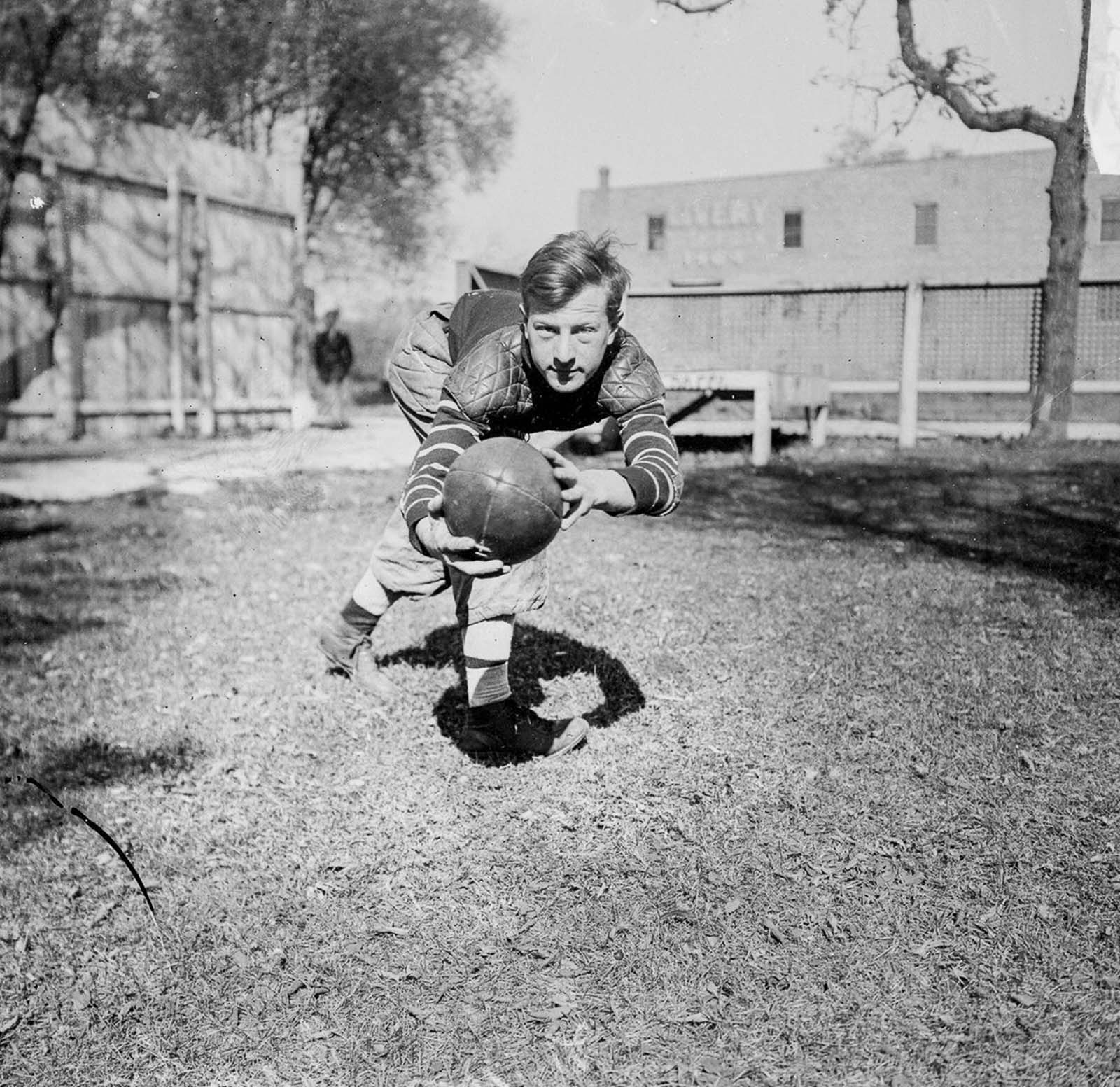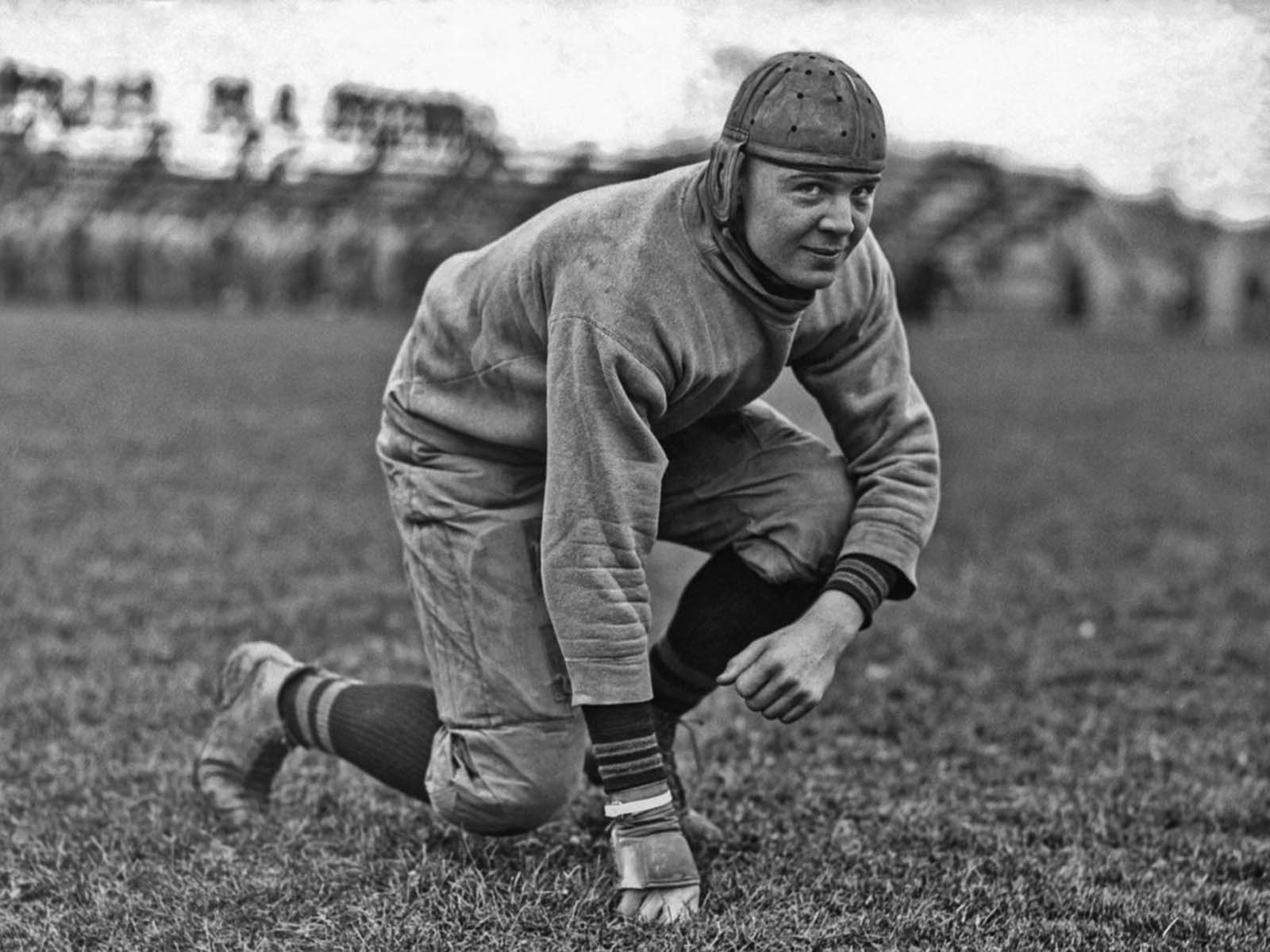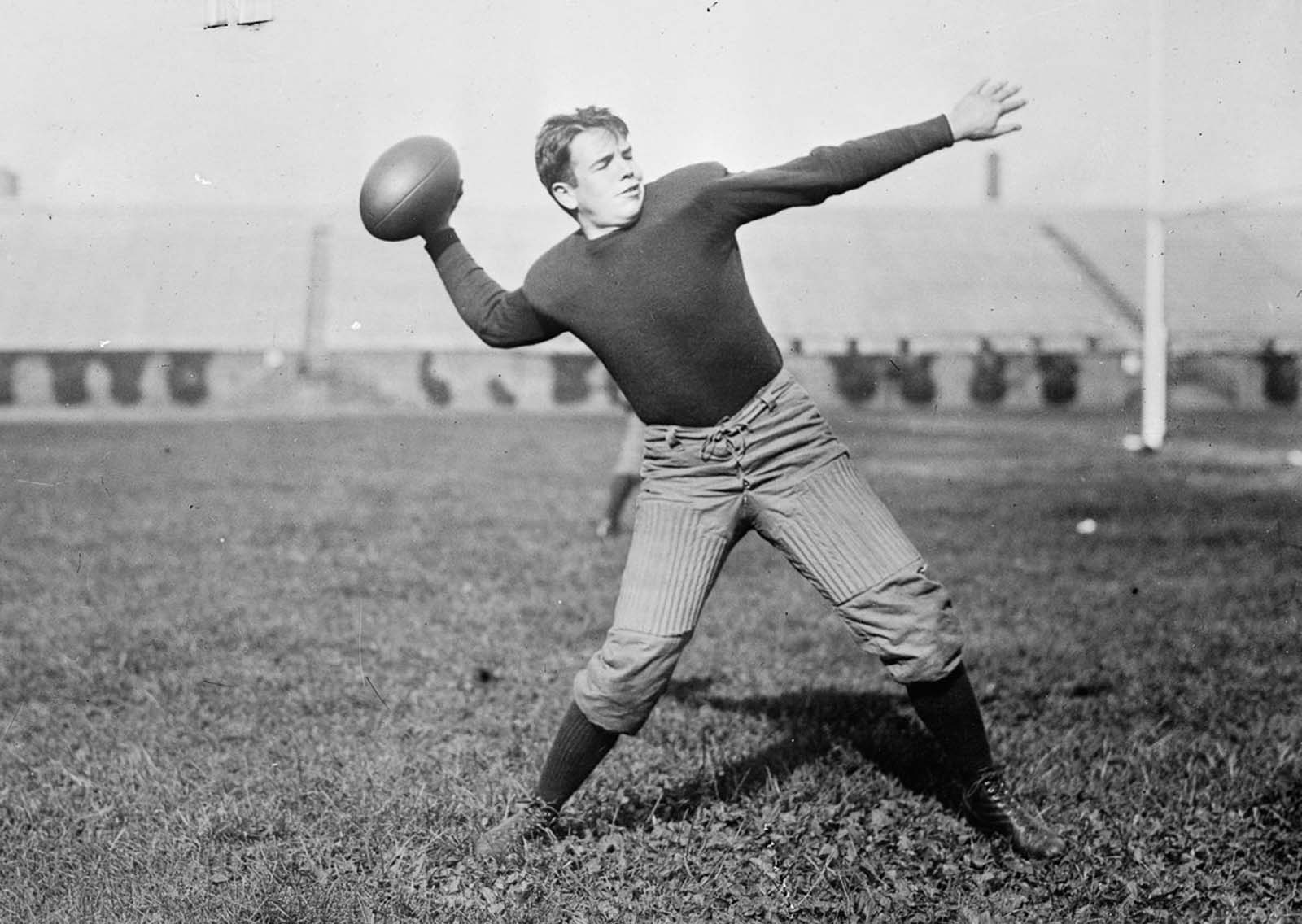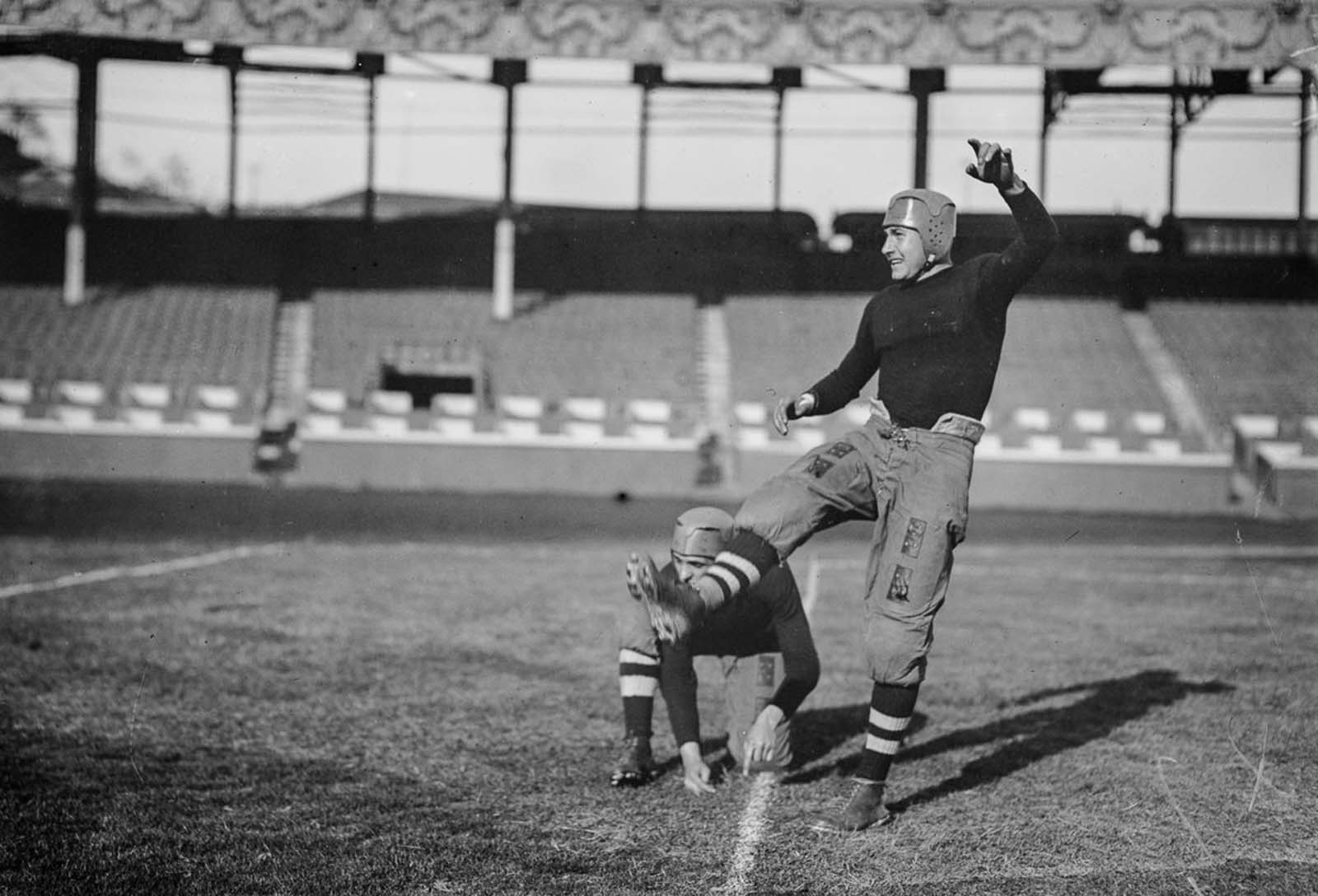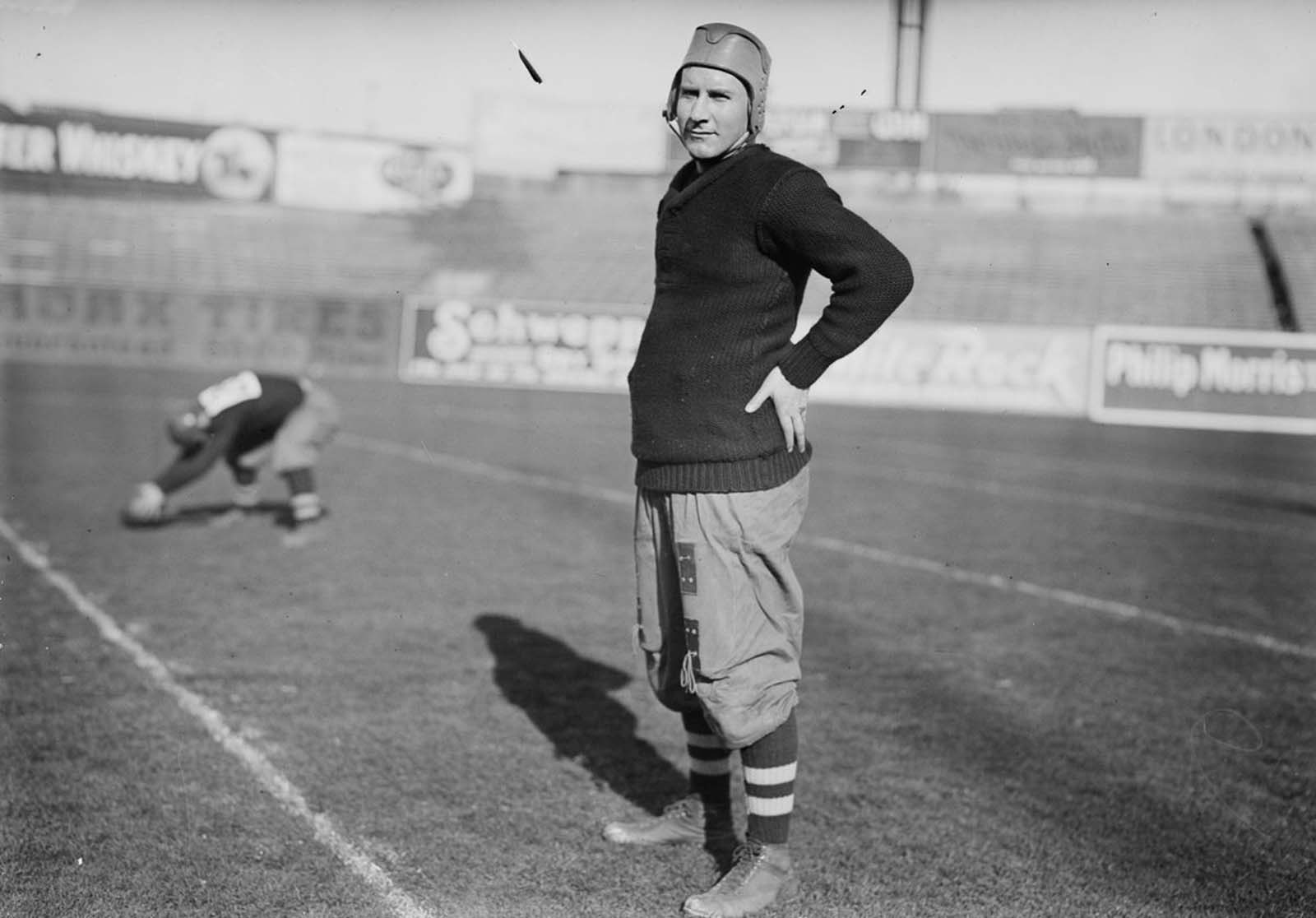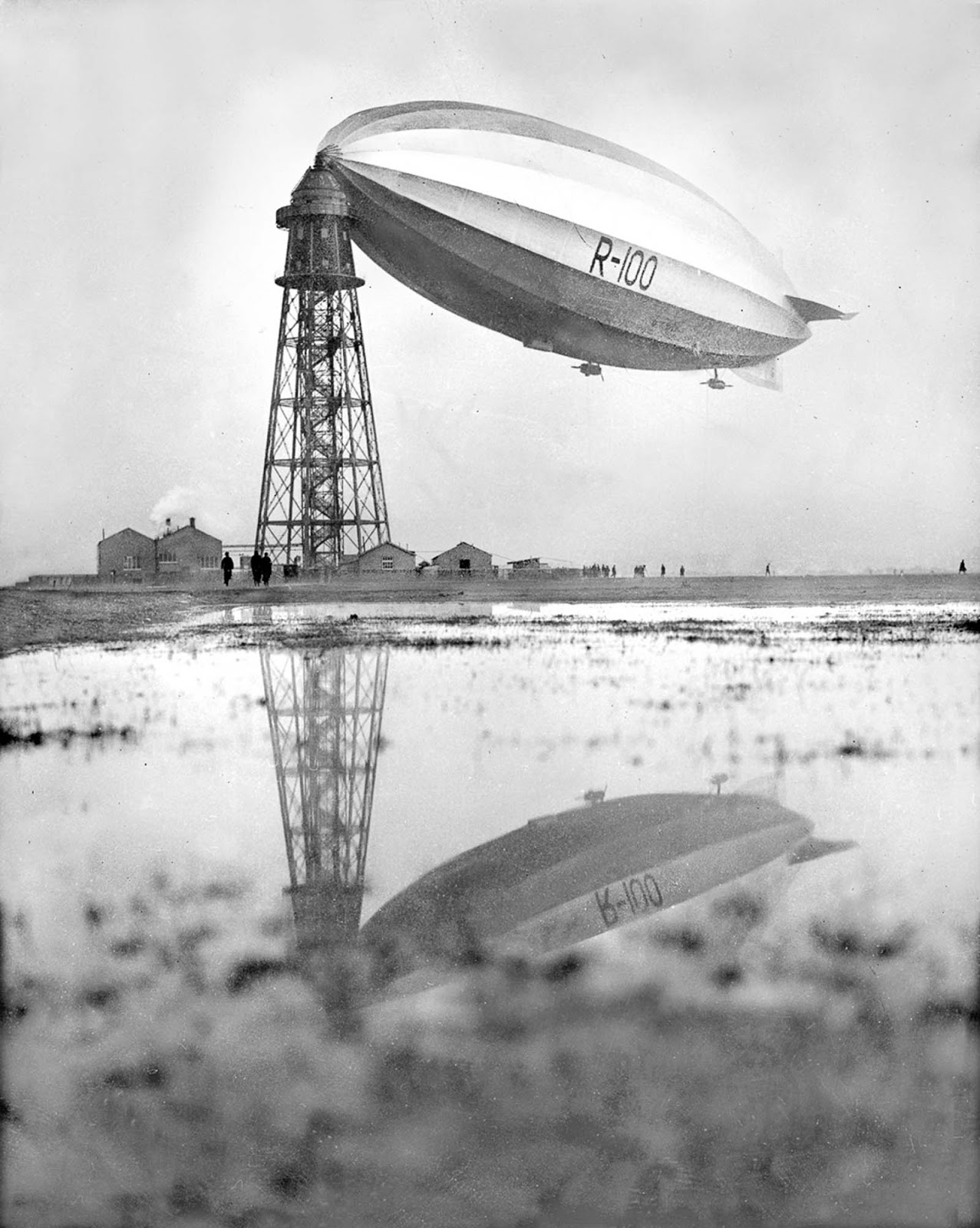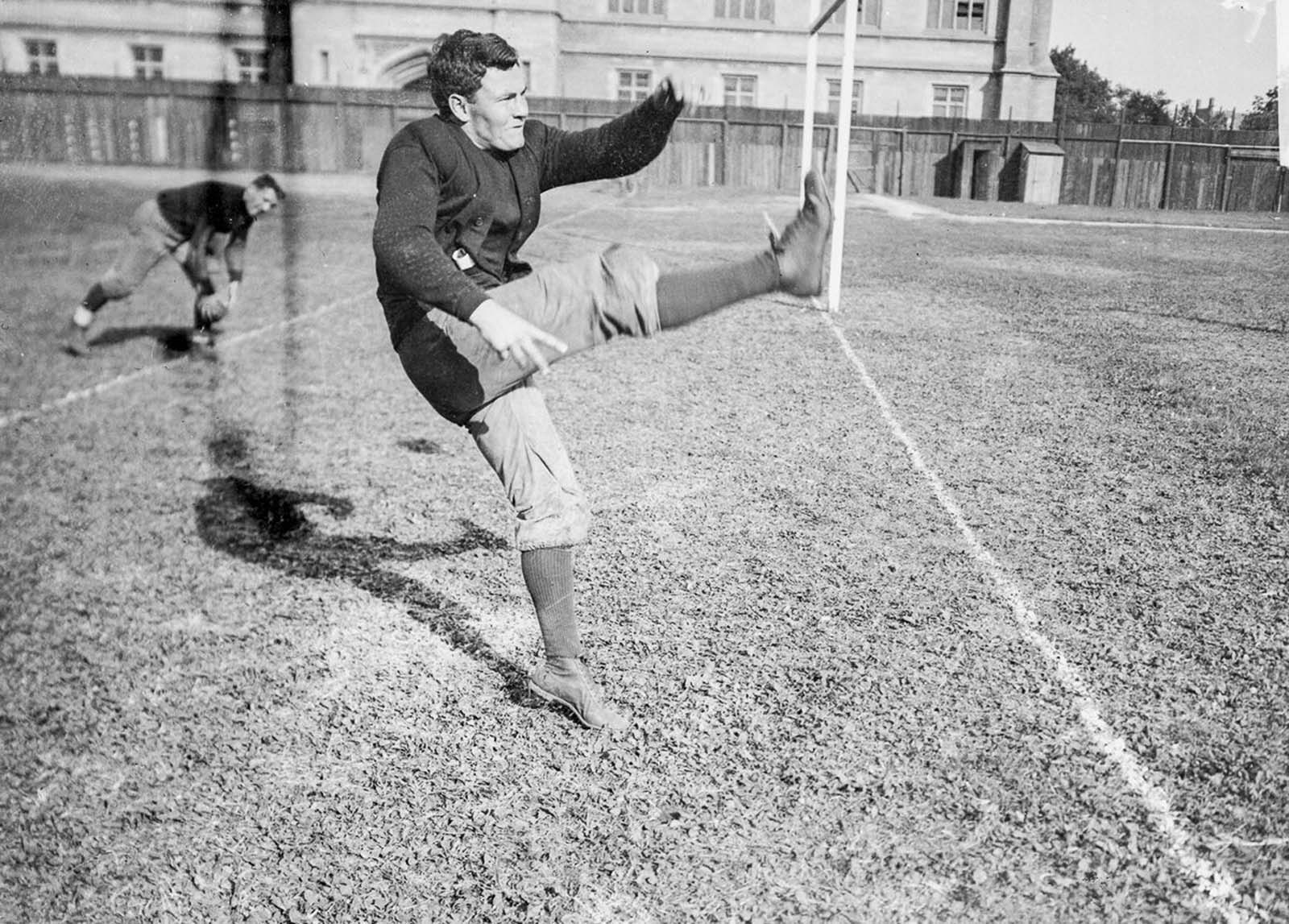
The origin of American Football finds its root in early versions of rugby football and association football. Rugby football and association football also have their origin in numerous varieties of football played in Britain in the mid-19th century.
The usual standard in which a football was kicked at a goal or kicked over a line, and they were based on the varieties of English public school football games. In the 1800s, American universities began to play against one another, although each practised its own adapted type of football with different rules.
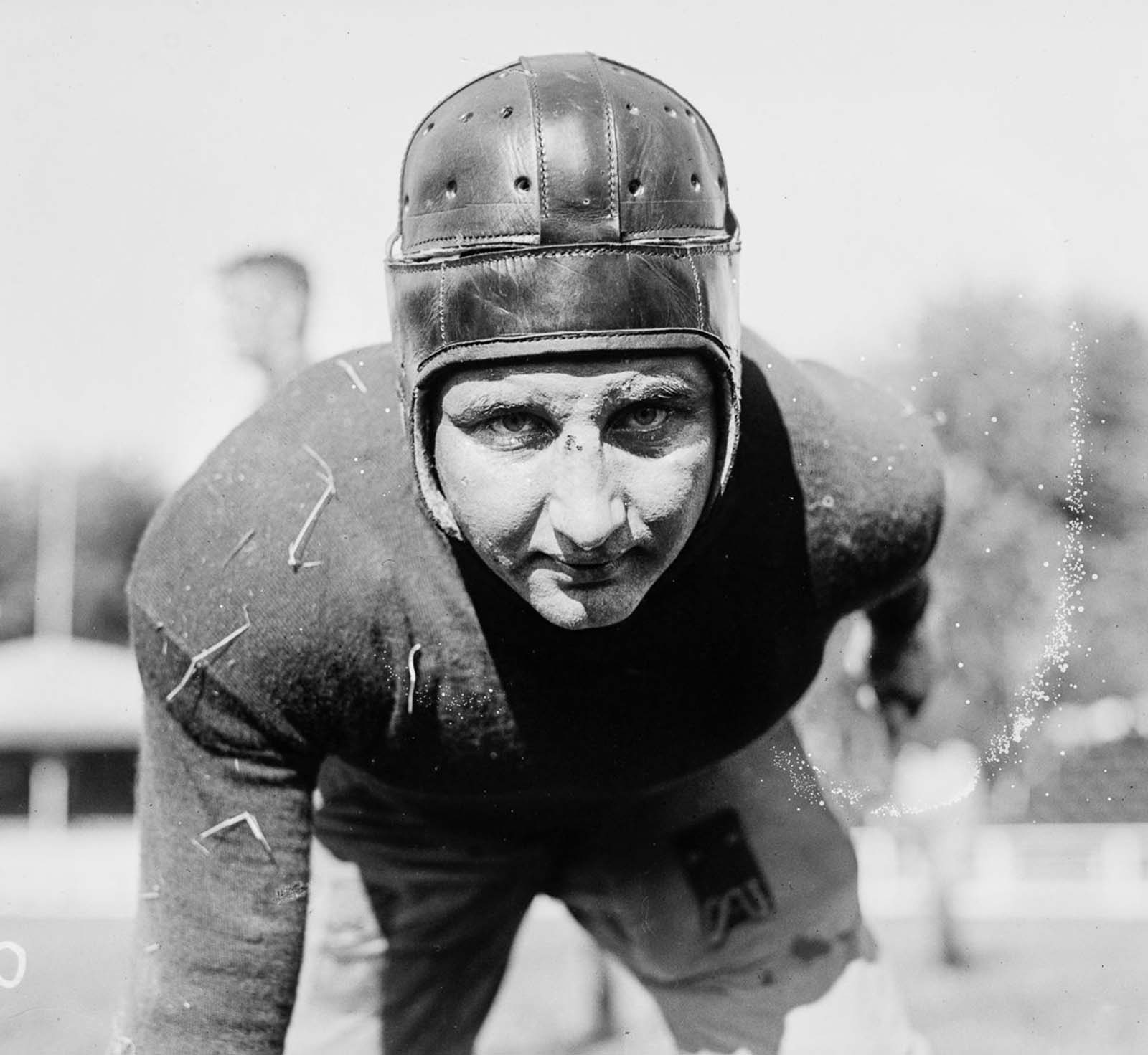
The only similarity between each school’s “football” was the groups of players violently trying to move a ball down a field. Sometimes, games ended with players in so much injury that the sport was outlawed by some colleges.
As intercollegiate play evolved, the game came to be more regulated, and both the number of players and the size of the field reduced.
In a game between universities, McGill and Harvard brought up the idea of the try, where coming close to the opposing team’s goal line would give the team a chance to kick for a field goal. This later became known as the touchdown.
U.S. Soldiers Pose With The Bodies Of Moro Insurgents, Philippines, 1906
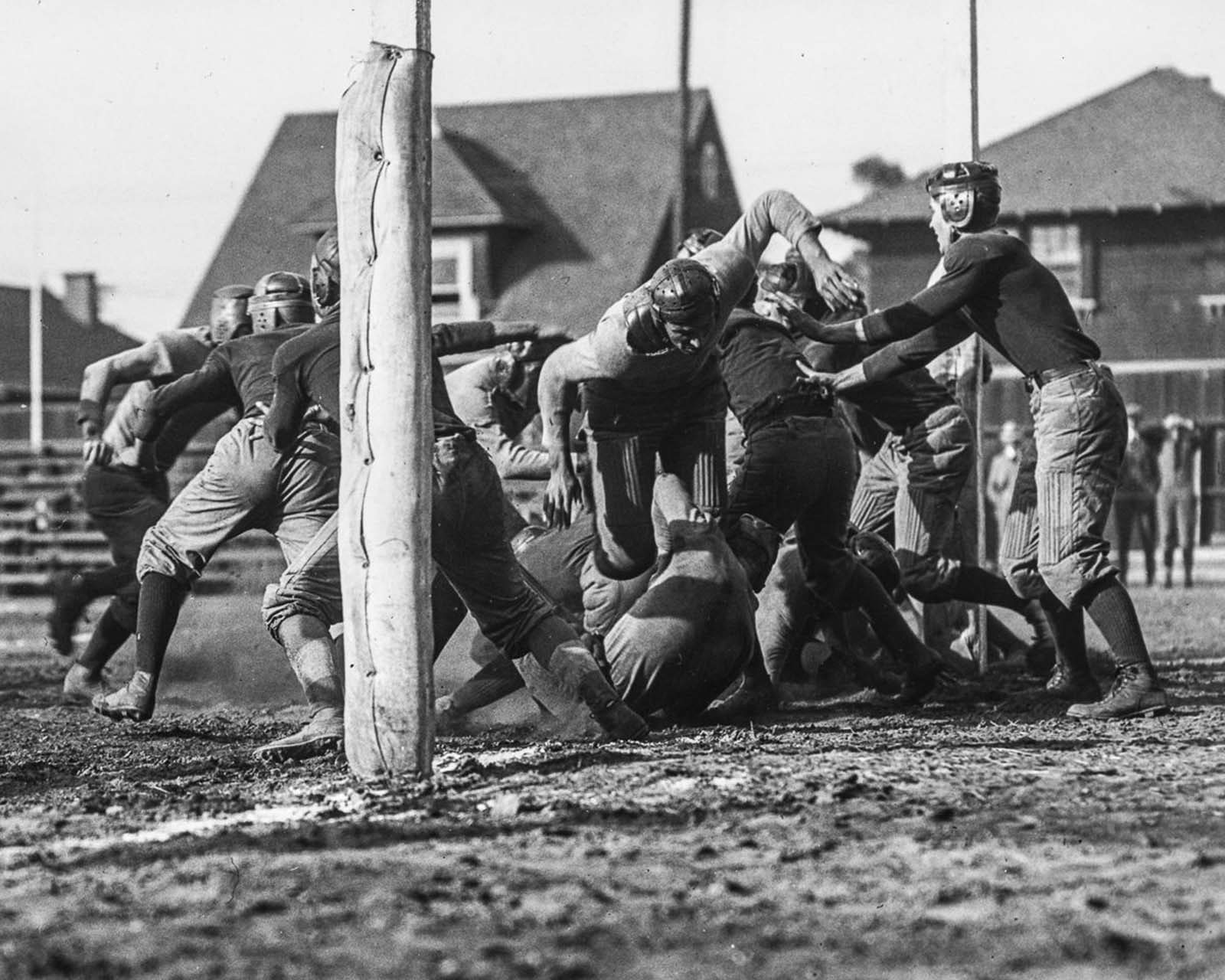
Walter Camp spectated the first annual game between Harvard and Yale, and he was eventually known to be the “father of American football.”
Walter Camp introduced rules that would define modern football, including reducing of players from 15 to 11, the line of scrimmage, the snap from centre to quarterback, and the down-and-distance while he was still a student at Yale.
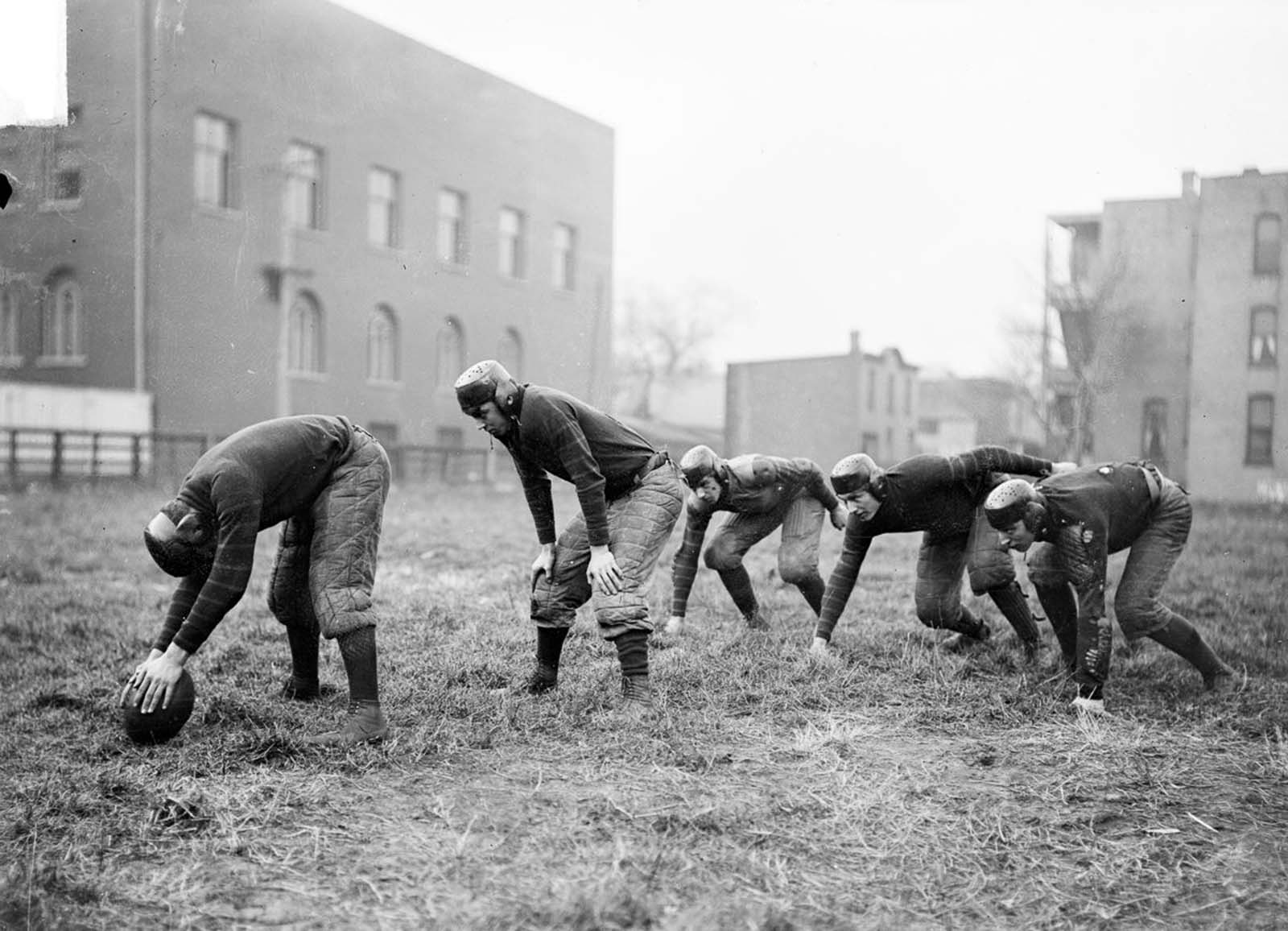
American football became even more distinguished from rugby when blocking or interference became legalized. This form of the game became widely adopted as more universities fielded teams and formed leagues. Violence and injury, however, remained a problem for the sport.
In 1905, 19 players were killed across America and at the end of that year, 62 schools met to discuss implementing safety measures. They eventually formed the NCAA. The banner interlocking mass formations were banned and the forward pass became legalized.
